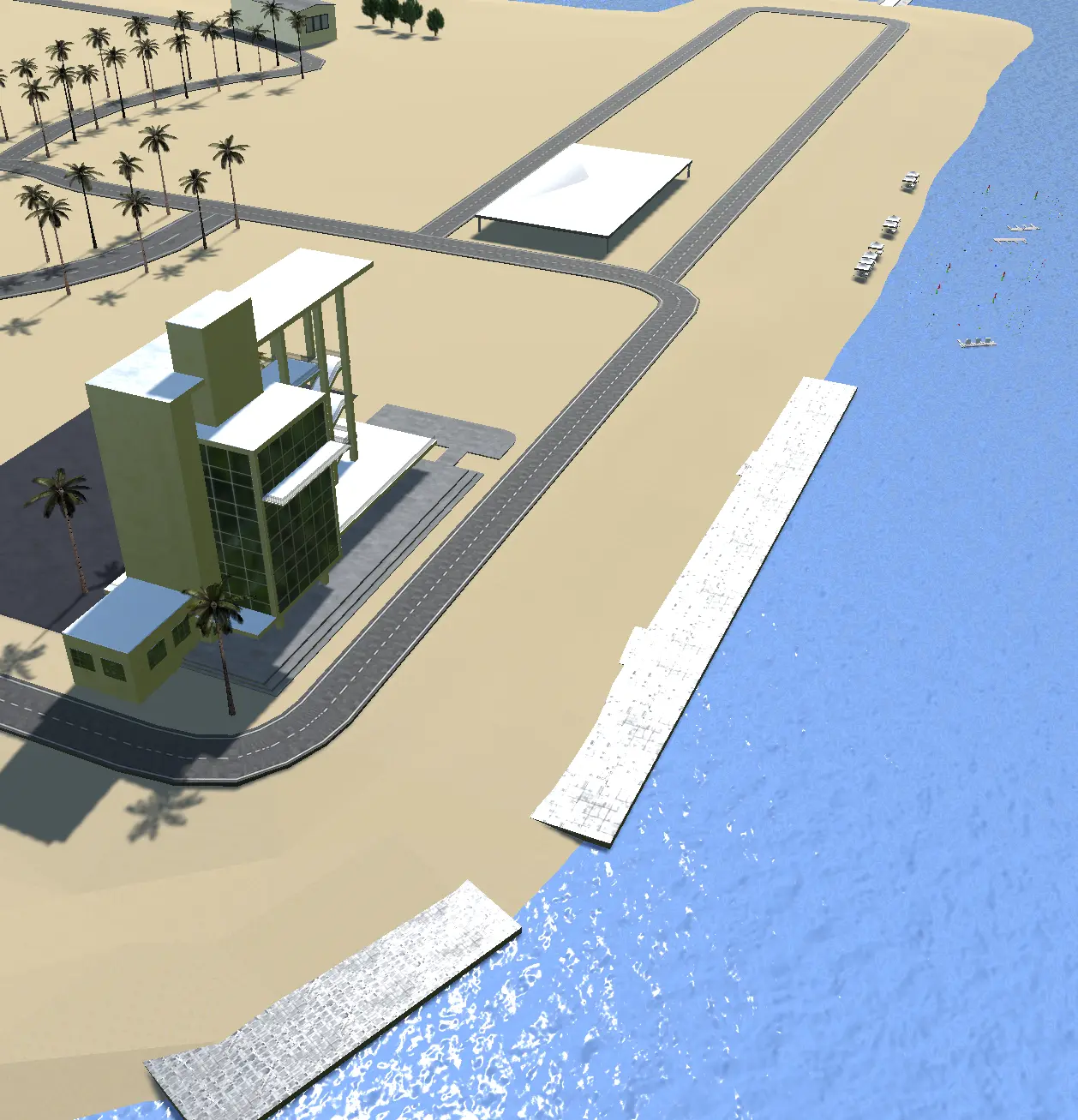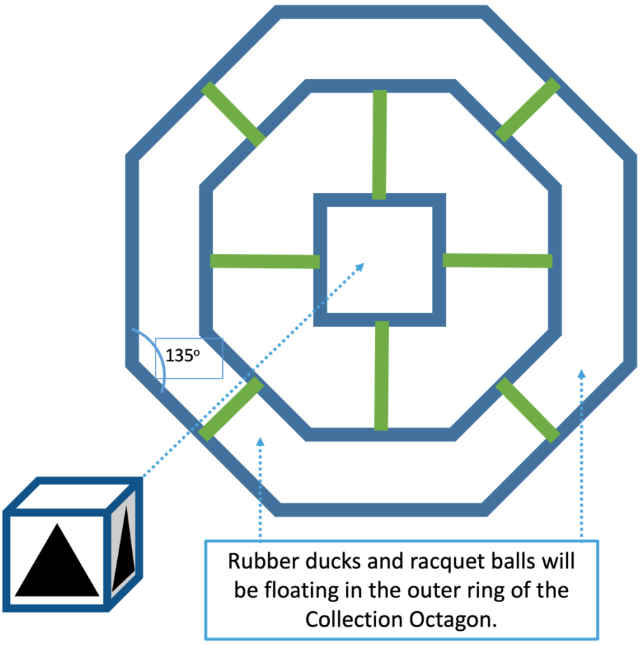Competition Results
UM::Autonomy placed 4th in Autonomy, and 1st among American Universities.

Sarasota, Florida
RoboNation RoboBoat is an international competition where students design, build, and compete with self-driving robotic boats, in a series of tests aimed at challenging teams through a variety autonomous (self-driving) tasks. We will be joined by 27 other teams from 4 continents.
Due to the short build cycle this year—just 5 months from competition details to competition—we decided to reuse our 2023 hull, The Phoenix, albeit with major structural improvements. We focused on simplicity in design and workflow in order to further ensure a reliable, maintainable, and modular system. Understanding the tighter time constraints of this season, we put a greater emphasis was placed on design validation and in-water testing, which was facilitated by maintaining an operable vessel and reducing design complexity from last year. We moved to testing strategy that relocated the team permanently into its testing environment, made testing a weekly process from the start of the season, and allowed for multiple modes of testing to guarantee success.
Scroll down for more details ↓

Besides a team's performance autonomously, we are judged on aspects of both our team and the boat.
The team must prepare a website, a technical design report, and a video for judges to score. These are evaluated based on how well they introduce the team and its structure as well as design considerations of the boat.
The team must present to the judges live their decisions leading to the design of the boat.
Before the boat can participate in an autonomous challenge, several prerequisite activites must be completed.
As the boats are very high powered, a runaway boat could damage itself and hurt others. Therefore, competition staff ensure that the boat follows several safety rules:
UM::Autonomy is proud to have been one of the first three teams to pass the safety inspection at the 2023 competition. We have continued this spirit throughout the 2023-2024 year: safety is considered highly in all situations, from battery and testing site training to ensuring the vessel is safe at all times.
The competition rewards fast and light craft. Therefore, a sliding scale is used where points are lost faster the heavier it gets. The boat is weighed and its thrust is measured every day it is entered in the water. The Phoenix weighs 40 pounds, the lightest weight class.

The main part of the challenge is the tasks that the vessel must perform autonomously. However, we must first qualify before we perform autonomous operation on the full course.
Teams will be given opportunities to practice, display their capabilities, and earn their spot in the final round. They will have access to three duplicate courses, each containing the eight tasks. Throughout this time, teams can choose to test strategies, gather data, or qualify for tasks. A certain level of completion—"minimum performance criteria"—is required to complete a task. Once a team has qualified for enough tasks, they enter the Semi-Final rounds.
Teams must score some number of points in Semi-Finals rounds to progress to Finals.
Teams who have successfully qualified will have access to the finals courses. Importantly, each vessel must operate autonomously for the entire duration of the run; remote-controlled survey runs are not allowed. This means teams cannot manually control their vessels to gather data or assess the field before or during their time slot, emphasizing the critical importance of pre-run preparation and programming accuracy. They will be required to navigate through initial gates, attempt a series of tasks in their chosen sequence, and finally return to the home base to conclude the run. All teams making it to the final round will secure a higher final ranking over those who do not reach this stage of the competition.



In 2023, we found that this challenge revealed some disadvantages of our indoors testing area. Specifically, our obstacle-avoidance system decided that the best way to avoid hitting buoys was to go outside of the red-green channel! While technically following our instructions, it didn't score many points. We have since revised our navigation algorithm to take this restriction into account.


This year introduces an obstacle buoy. We do not expect a challenge with this because our navigation algorithm is already very familiar with avoiding buoys, and we do not expect to even need any code changes.









UM::Autonomy placed 4th in Autonomy, and 1st among American Universities.

UM::Autonomy placed 1st in the technical report, 5th in the video, and 1st in the presentation for an overall 1st place in design documentation.

UM::Autonomy placed 4th, beating all other American universities.

The team feels very confident for the 2025 season. Many new members attended competition for the first time, creating an exciting environment where many members are familiar with competition practices allowing us to achieve further success in future years.